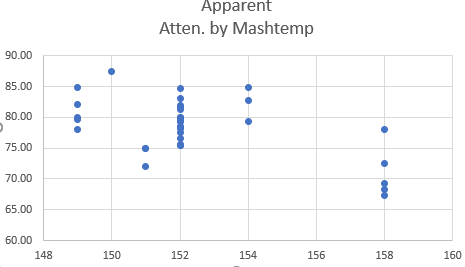So, I’m thinking a super-dry pale international lager. For a 2.5-gallon batch, the recipe would be something like:
2 lbs. 2-row, 1 lb. Vienna, 1 lb. flaked rice.
~3 g Magnum @ 60 minutes, ~8 g something else (Hallertau? Sorachi Ace? Motueka?) @ 5 minutes.
W34/70
Does this sound reasonable? Add more rice? Which flavor/aroma hops? Add glucoamylase? (Never tried exogenous enzymes, unsure how it would turn out with this recipe.). All advice appreciated.
2 lbs. 2-row, 1 lb. Vienna, 1 lb. flaked rice.
~3 g Magnum @ 60 minutes, ~8 g something else (Hallertau? Sorachi Ace? Motueka?) @ 5 minutes.
W34/70
Does this sound reasonable? Add more rice? Which flavor/aroma hops? Add glucoamylase? (Never tried exogenous enzymes, unsure how it would turn out with this recipe.). All advice appreciated.

























































